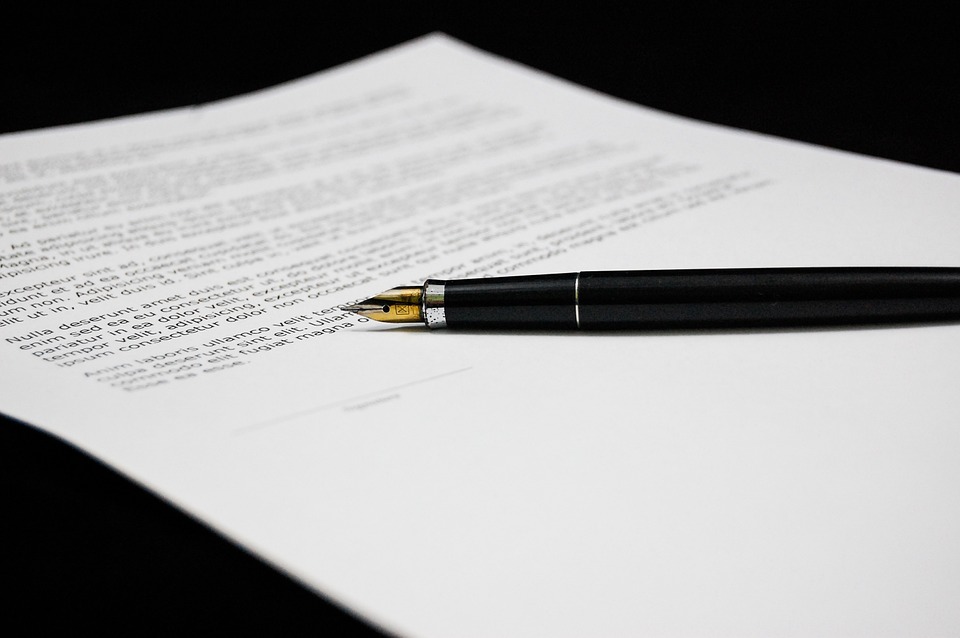
The process of closing on a house involves reviewing, making any last minute adjustments to, and then signing all of the final paperwork. The following will explain the details of the closing procedure and what your responsibilities will be in the process.
Who is involved?
First, let's look at who's going to be present during the closing process. This will vary depending on the state, but the following parties will usually be present:
- Mortgagor (You): This is the person who is borrowing the mortgage.
- Mortgagee: This is the lending company, the party providing the mortgage.
- Home seller: The person selling the home will most likely be present as well as his or her real estate agent.
- Closing agent: This person usually works for the lender or the title company. He or she oversees the closing process, including making sure that everything gets signed and all necessary payments are made.
- Attorneys: If you, the sellers, or lenders have attorneys, they should be present at this time. The attorney representing you or the lender can also act as the closing agent.
- Title company representative: His or her job is to provide written evidence (the title) of the ownership of the property.
What are your responsibilities?
Before you get to closing day, you should have the opportunity to do a final walkthrough. Most home-sale contracts allow you to do so 24 hours before the closing takes place. Doing a final walkthrough gives you the chance to make sure the sellers have vacated and the home is in the condition that is specified in the contract. If any of this is out of order, you can either request a delay on the closing so that repairs can be made, or you can ask the sellers to deposit the necessary repair funds into an
escrow account.
Once closing day arrives, you'll have two primary responsibilities. First, you'll need to sign all the legal documents involved. These include the agreement between you and your mortgage company and the agreement between you and the seller. Before you sign any papers, make sure you read everything through carefully.
The second thing you'll need to do is pay closing costs. You, as the borrower, are responsible for all the fees that are involved in getting a mortgage and transferring the ownership of the property. Oftentimes, you can include these fees as part of your mortgage, but you may have, or want, to pay these fees out-of-pocket.
What documents are involved?
The following documents will be part of the closing process:
- Certificate of Occupancy: This is for newly built homes and signifies that you are legally allowed to move in.
- HUD-1 Settlement Statement: This form lists all of the costs associated with the purchase of the property. You are legally allowed to review this document 24 hours prior to closing. You should have been given good-faith estimates earlier in the home-buying process. Compare these with the HUD-1. Don't sign if the numbers are far off.
- TILA Statement: You should get two versions of this statement. The first comes when you first apply for a mortgage. The second, final version comes at closing. It will show how much your loan costs, including interest. It will also show any changes that have been made since the time you first applied.
- Mortgage Note: This is the contract that states your agreement to pay off the mortgage. It includes all the details of the loan.
- Deed of Trust: This is the document that recognizes the lender's right to seize your property, should you default (fail to pay) on the loan.
Now that you have a grasp on the procedures involved in closing on your new home, as well as the people and documents that will be involved in that process, you can feel more comfortable as you go through it. Once you've cleared this small hurdle, it will be time to move in!